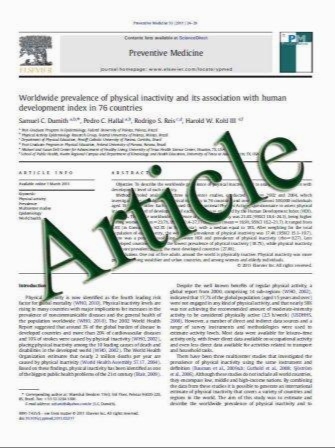Lidocaine cytotoxicity to the bovine articular chondrocytes in vitro: changes in cell viability and proteoglycan metabolism
- نوع فایل : کتاب
- زبان : انگلیسی
- مؤلف : Tsuyoshi Miyazaki • Shigeru Kobayashi • Kenichi Takeno • Takafumi Yayama • Adam Meir • Hisatoshi Baba
- چاپ و سال / کشور: 2011
Description
Purpose A lot of studies on the effect of intra-articular injections are clinical, but many questions on the effect of lidocaine to articular chondrocytes remain unanswered. This study was performed to determine the effects of varying concentrations and exposure times of lidocaine on the viability and proteoglycan metabolism of chondrocytes in vitro. Method Cartilage was obtained from metatarsal joints of adult bovines. Chondrocytes in alginate beads were cultured in medium containing 6% fetal calf serum at 370 mOsmol at cell densities of 4 million cells/ml. They were then cultured for 24 h under 21% oxygen with 0.125, 0.25, 0.5, and 1% lidocaine and without lidocaine as control. The cell viability profile across intact beads was determined by manual counting using fluorescent probes and transmission electron microscopy. Result Lactate production was measured enzymatically as a marker of energy metabolism. Glycosaminoglycan (GAG) accumulation was measured using a modified dimethylmethylene blue assay. Cell viability decreased in a time- and dose-dependent manner in the concentration range of 0.125–1.0% lidocaine under the confocal microscope. Under the electron microscope, apoptosis increased as the concentration of lidocaine increased. GAG accumulation/ tissue volume decreases as the concentration of lidocaine increased. However, GAG produced per million cells and the rate of lactate production per live cell were significantly higher for cells cultured at 0.5 and 1% lidocaine than the control group. Bovine chondrocytes cultured in alginate beads under high oxygen pressure are negatively influenced by increasing concentrations of lidocaine. Conclusion Cell viability and proteoglycan production (GAG accumulation/tissue volume) decreased as the concentration of lidocaine increased. These data suggest caution in prolonged exposure of cartilage to high concentration lidocaine. Repeated joint injection of lidocaine potentially worsens osteoarthrosis by accelerating cartilage degradation. Level of evidence Therapeutic s
Knee Surg Sports Traumatol Arthrosc (2011) 19:1198–1205 DOI 10.1007/s00167-010-1369-9 Received: 12 January 2010 / Accepted: 13 December 2010 / Published online: 13 January 2011


